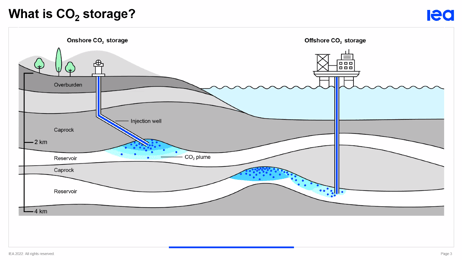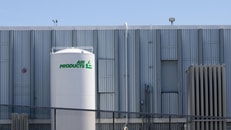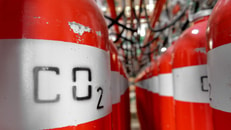CCUS pipeline picture is mixed, analysis shows
More than half of announced carbon capture, utilisation and storage (CCUS) projects worldwide have yet to move beyond the early planning stages, raising questions about the true commercial potential of the global CCUS pipeline.
According to analysis from US-based Welligence Energy Analytics, 55% of planned CO2 capture capacity has yet to move past the planning stage, with limited signs of progress.
The findings come as the number of new project announcements continues to decline, suggesting a slowdown in momentum despite ongoing government support and lots of investment commitments.
A total of 498 capture projects have been announced globally to date (excluding cancelled or ceased efforts), with a combined capacity of 501.5 million tonnes per year. However, the vast majority remain at the announcement or pre-engineering and design stage. Only 15 projects, representing 10.7 million metric tonnes per year of capacity (just over 2%) have reached final investment decision since the start of 2024.
... to continue reading you must be subscribed




























